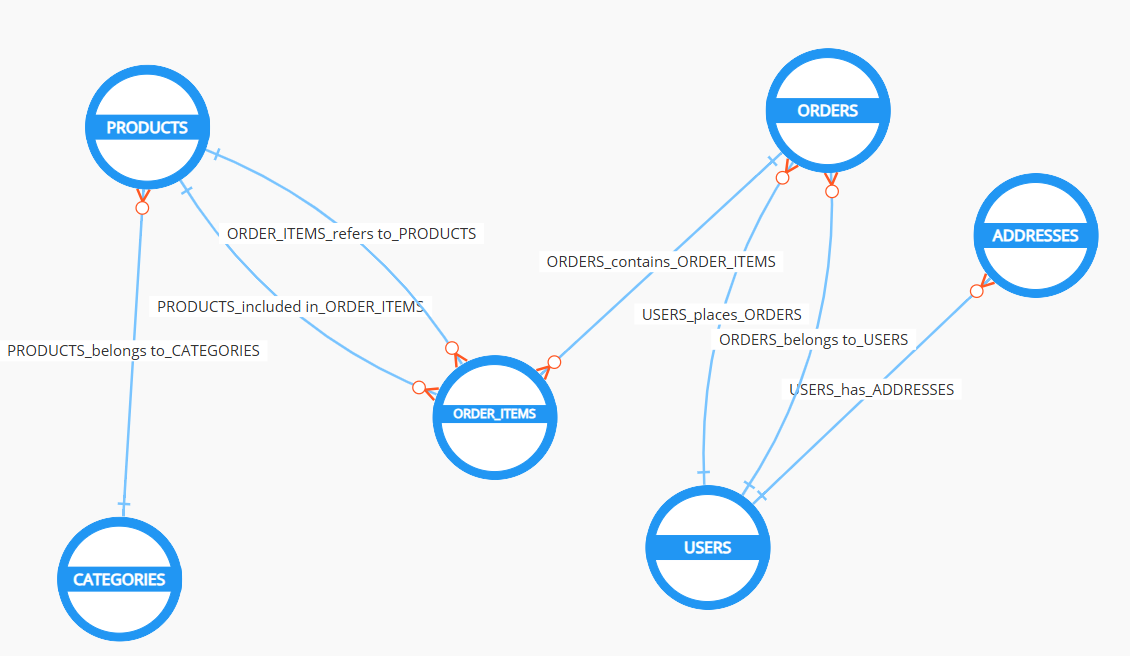Conceptual modeling with Polyglot
Aligning on scope, concepts, and terminology
Before designing the logical and technical structure of your data models, it is essential to ensure that all participants -- business, technical, and cross-functional teams -- speak the same language. This is the primary role of the conceptual model, which provides a shared foundation before delving into technical complexity.
The conceptual model helps to create alignment among stakeholders to:
- clearly define and agree on the scope of the project
- identify and formalize key concepts used in the domain
- establish a common vocabulary, preventing misunderstandings early
This phase aligns perfectly with the principles of Ubiquitous Language, a core concept from Domain-Driven Design (DDD). Ubiquitous Language promotes using the same terminology across all discussions, documents, models, and even database tables and columns, and application code, thereby ensuring consistency from business conversations to technical implementation.
During conceptual modeling, it is essential to ensure that all participants truly understand each other beyond just agreeing on technical diagrams.
A proven communication technique to support this is the feedback loop, which consists of:
- rephrasing what you understood in your own words
- allowing your interlocutor to confirm or correct your interpretation
This iterative approach helps identify misunderstandings early and leads to consensus on the right terminology to use for the rest of the project.
Encourage all participants to practice this technique during conceptual modeling workshops. It's often by refining and repeating the language that teams naturally converge toward a shared, consistent vocabulary -- the foundation of an effective Ubiquitous Language.
Conceptual modeling with Polyglot
Hackolade Studio provides features specifically designed for conceptual modeling, including the Graph View in Polyglot data models, which offers a high-level, simplified visualization of entities and their relationships, without requiring attribute details at this early stage.
This makes the model easy to understand for all stakeholders, even those without technical data modeling experience.
Once the conceptual model is validated, teams can progressively move toward more detailed logical and physical models, grounded in a consistent and shared understanding.
Note that this graph representation of conceptual models has been adopted after observing that business users might find entity relationships diagrams to be somewhat more intimidating than graph views. However, both are possible with Hackolade Studio polyglot models:
